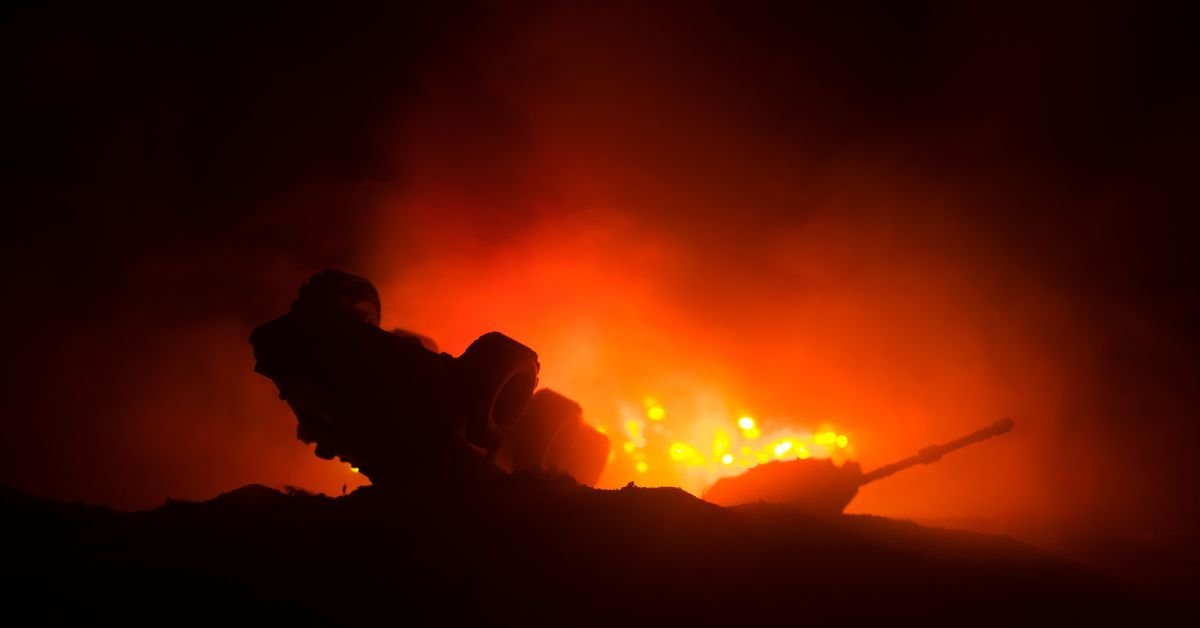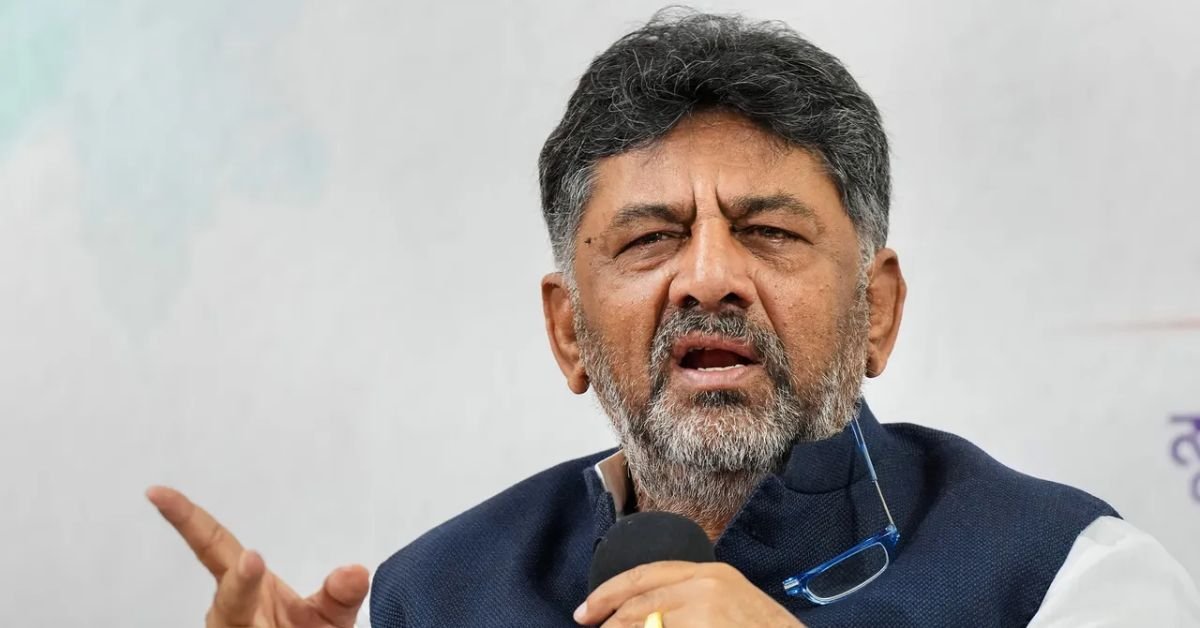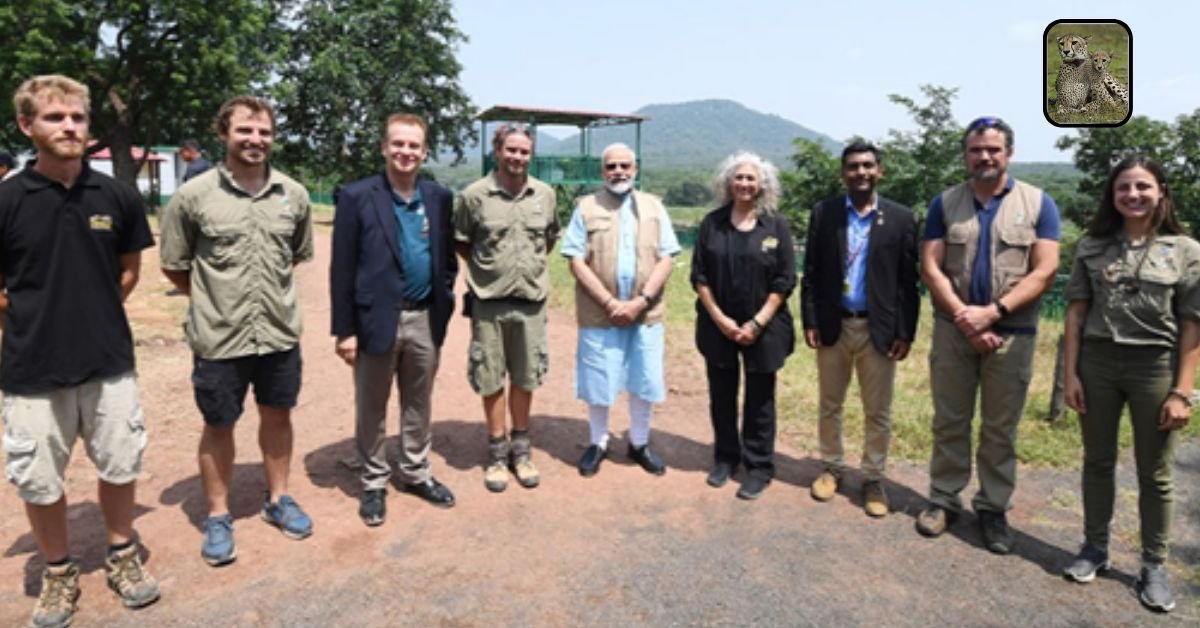Table Of Contents
India has faced persistent challenges from terrorism and insurgency, primarily in regions like Jammu and Kashmir (J&K), the Northeast, and Left Wing Extremism (LWE) affected areas.
From 2014 to 2025, government data indicates thousands of incidents, but with a marked downward trend due to enhanced security measures, policy changes, and development initiatives.
While exact totals vary by definition, ranging from terrorist-initiated attacks to broader violent incidents, the overall number exceeds 12,000, with fatalities dropping significantly.
This article examines the data, regional patterns, and key insights, drawing from official sources to highlight India’s progress in countering these threats.
Year By Year Breakdown Of Incidents
Government records from the Ministry of Home Affairs (MHA) and Press Information Bureau (PIB) provide a comprehensive view of terrorist, insurgent, and extremist incidents.
These include attacks, encounters, and violence related to terrorism.
Here is a summary based on available statistics, focusing on major categories: J&K, Northeast, LWE, and hinterland (other areas).
| Year | J&K | Northeast | LWE | Incidents | Estimated |
|---|---|---|---|---|---|
| 2014 | 222 | 824 | 1091 | 3 | 2140 |
| 2015 | 208 | 574 | 1089 | 1 | 1872 |
| 2016 | 322 | 484 | 1048 | 1 | 1855 |
| 2017 | 342 | 308 | 908 | 0 | 1558 |
| 2018 | 614 | 252 | 833 | 1 | 1700 |
| 2019 | 255 (TII + encounters) | ~200 (estimated decline) | ~700 (estimated) | Minimal | ~1150 |
| 2020 | 244 | ~150 | ~600 | Minimal | ~1000 |
| 2021 | 229 | ~100 | ~500 | Minimal | ~830 |
| 2022 | 242 | ~80 | ~400 | Minimal | ~720 |
| 2023 | 94 | ~50 | 594 | Minimal | ~740 |
| 2024 (partial) | ~120 (first half 59) | Low | Increased operations, ~300 estimated | 2 (e.g., Bengaluru blast) | ~420 |
| 2025 (up to Nov) | ~50 (estimated, including major attacks) | Low | Low | 1 (Red Fort blast) | ~150 |
*Notes: Data for 2014-2018 from PIB. 2019-2023 from MHA Annual Report 2023-24 (TII + encounters for J&K). Estimates for Northeast and LWE post-2018 based on reported declines (e.g., 80% drop in Northeast violence by 2022, 52% reduction in LWE incidents). 2024-2025 partial, incorporating sources like ECRATS for J&K and recent reports. Total approximate: ~12,135 incidents from 2014 to 2025.
The data shows a peak in 2014, followed by a steady decline, accelerating after 2018.
Regional Analysis
- Jammu and Kashmir: This region has seen the most cross-border terrorism, often linked to Pakistan-backed groups. Incidents surged to 614 in 2018 but fell sharply after the abrogation of Article 370 in 2019, which integrated J&K more closely with India and boosted security. By 2023, incidents dropped to 94, with 117 fatalities (73 terrorists, 30 security forces, 14 civilians). In 2024, the Reasi bus attack killed 9 pilgrims. 2025 saw the Pahalgam attack (26 killed) in April, leading to Indian strikes on Pakistan, and the November 11 Red Fort blast in Delhi (13 killed, classified as terror).
- Northeast: Insurgency here involves ethnic and separatist groups. Incidents halved from 824 in 2014 to 252 in 2018, with further reductions due to peace accords and infrastructure development. By 2023, violence was minimal, with only scattered events.
- Left Wing Extremism (Naxalism): Affecting central India, LWE incidents declined from 1091 in 2014 to 594 in 2023, with deaths dropping 65% since 2013. The government aims to eradicate LWE by 2026 through operations and socio-economic programs. Affected districts shrank from 182 in 2014 to 11 by 2025.
- Hinterland and Other Areas: Rare but notable, like the 2024 Bengaluru cafe bombing (no deaths) and the 2025 Red Fort incident. These highlight emerging urban threats.
Key Insights And Analysis
- Declining Trend: Overall incidents fell by ~70% from the 2014 peaks, reflecting Modi’s “zero tolerance” policy, including surgical strikes and “Operation Sindoor” in 2025. Fatalities followed suit: 514 civilian/security deaths in 2014 vs. ~200 in 2023.
- Policy Impact: Abrogation of Article 370 reduced J&K violence; LWE efforts included mobile connectivity in remote areas (two phases completed by 2025). Northeast peace deals curbed groups like ULFA.
- Persistent Challenges: Despite progress, the 2025 attacks show vulnerabilities. Global Terrorism Index ranks India 14th (score 6.324), with links to conflict zones. Cyber and lone-wolf threats are rising.
- Unique Value: This decline saves lives and boosts the economy. J&K tourism surged post-2019. However, sustained vigilance is key, as external factors like Pakistan’s role persist.
India’s journey from 2014 to 2025 demonstrates resilience, with data underscoring effective counter-terrorism.
As threats evolve, continued investment in intelligence and development will be crucial.






